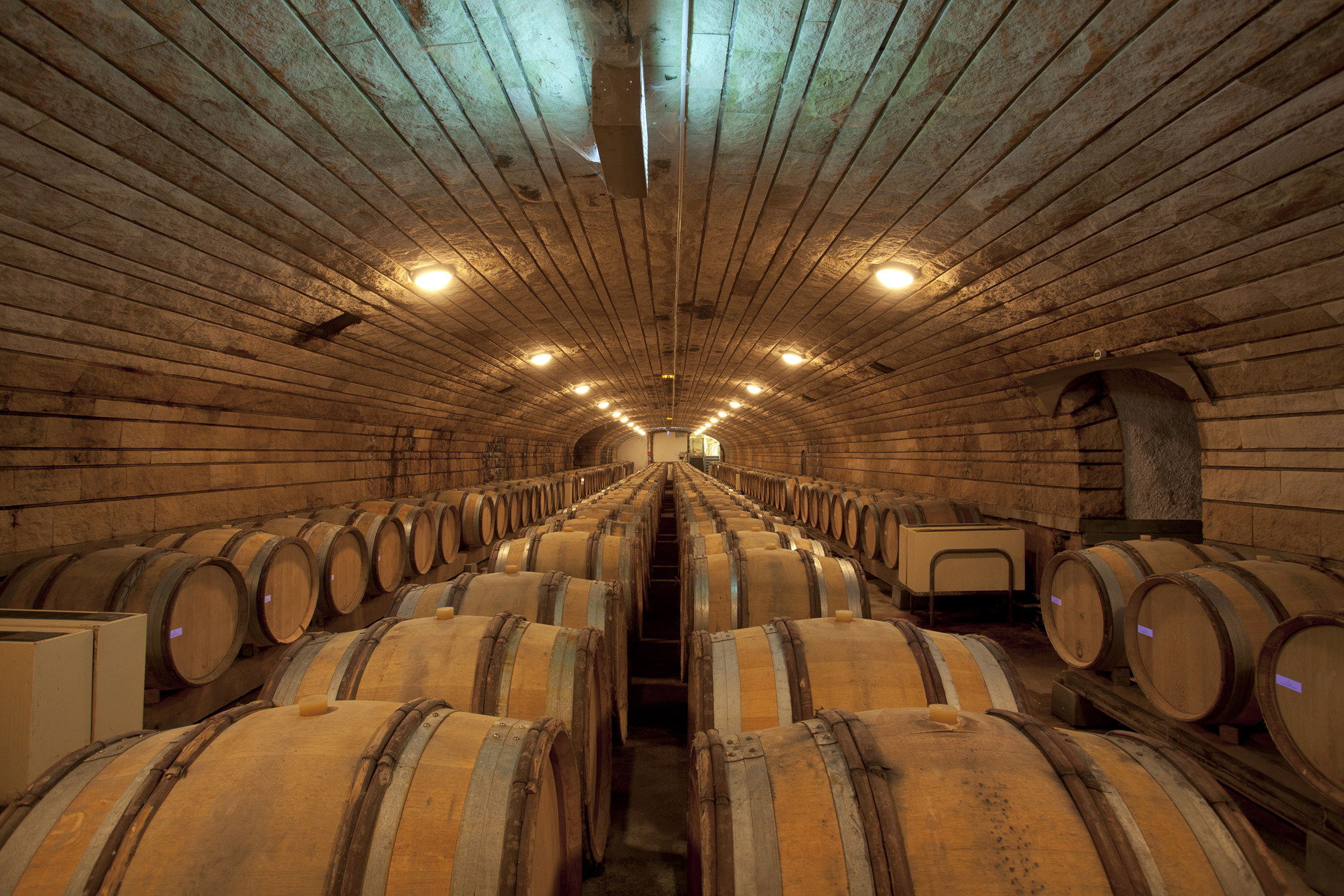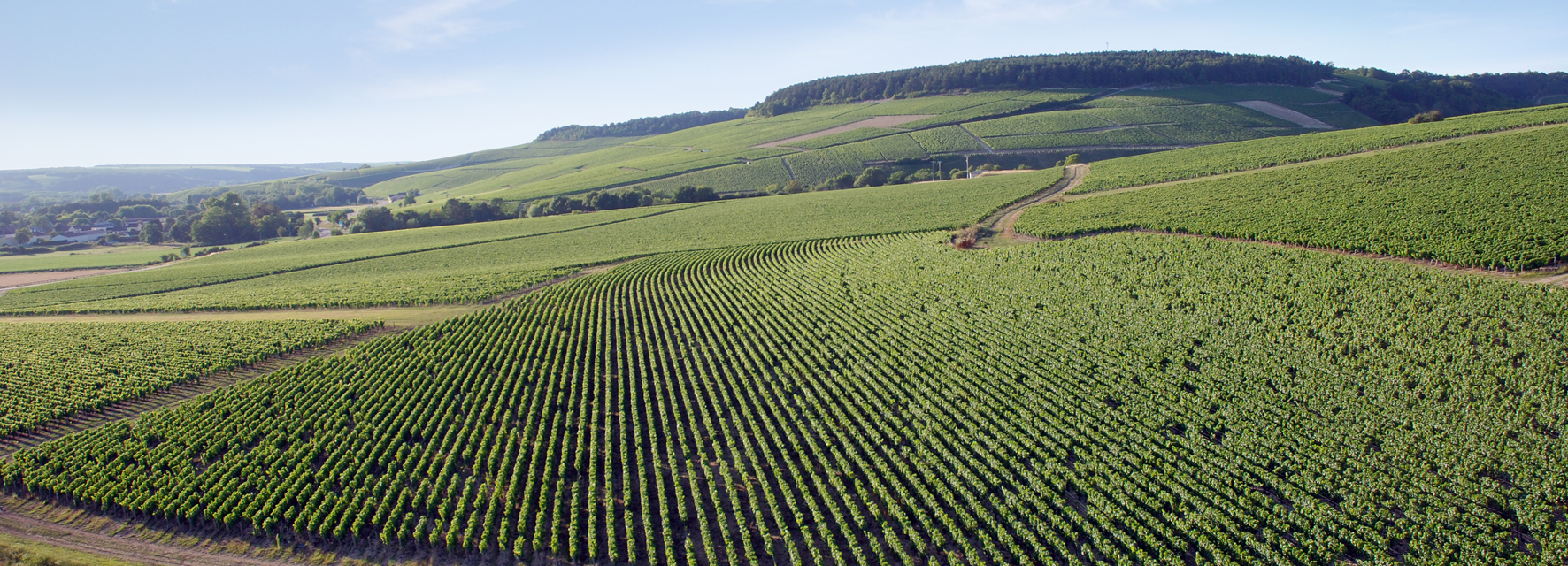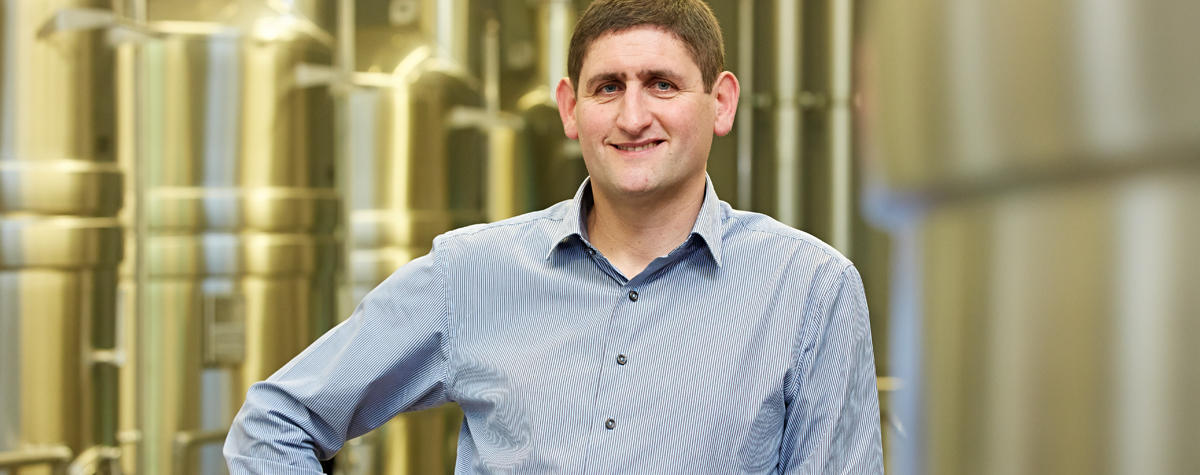Didier, who grew up in the Bordeaux region, started making Chablis wines at William Fèvre in 1998 – when the domaine was purchased by the Henriot family, the Champagne house which also has operations in Beaune and Beaujolais. At the time, Didier was working at the group’s Burgundy operation, at Bouchard Père & Fils, as assistant to cellarmaster Philippe Prost.
‘Freshness and acidity is the most important to me’Canopy: What can you see from your office window?
Didier: I see Chablis, the village.
You’ve been in Chablis for 20 years – aren’t you bored with Chardonnay yet?
No, it’s not boring. There is a big diversity of terroirs, which makes every day different. I always discover something new.
What drives you from one vintage to the next?
There is always something new. Each year is a new challenge.
What’s the secret for getting every member of your team of 40 to seek the same levels of perfection as you?
Education mainly. People need to understand why it’s important to do a job well.
'We have to let the terroir express itself'At IWC 2018 some of the Premier Cru sites performed better than the Grand Cru vineyards – is this due to climate change?
Climate change is, for the moment, an advantage for northern vineyards. It allows more complete maturation, while maintaining beautiful freshness, especially on the less prestigious terroirs.
Do you think biodynamic practices have improved the quality and taste of your Grand Cru wines?
I think they bring a little more soul and precision in the expression of the terroirs.
Which is your favourite parcel and why?
It’s a hard question, but if I have to choose one, I would choose Côte Bouguerots. It’s a unique terroir with an important slope – 45°, south facing, near the river.
From this 2.2ha plot, the wines are powerful, with freshness and big minerality. This terroir is perfect for making wine to age.

Are you having to work harder now to maintain freshness in your wines?
Nowadays, it’s a bigger challenge. But we have the advantage of being in northern France – we can keep freshness where other regions cannot.
We can also keep the freshness through working the soil, biodiversity and biodynamics – to control the ripeness and maturity.
How do you ensure a grape expresses the terroir?
This is the tricky part and what makes our job so interesting. One of the most important things is the start of harvest. We have just two or three days for each plot of land to decide when we can start. This choice determines if we get perfect balance and high precision.
The second important thing is to do the harvest manually, to keep the whole bunch until the press. And the third point is low-intervention vinification. We have to let the terroir express itself.
‘Chablis’ Kimmerdgian soil transcends minerality’Do you believe the mineral character of Chablis comes from the soil?
‘Minerality’ has been overused for 20 years.
It’s a vague notion built from some impression of freshness, salinity and crispness. If this notion exists, I think Chablis is where the notion comes from. Chablis’ Kimmerdgian soil transcends minerality.
After making so many different wines over so many years, what still surprises you most about the grape variety?
It’s an exceptional grape variety that can be hidden behind the expression of each terroir.
Do you like Chardonnays from any other region?
I confess, I’m not keen really keen on Chardonnays from other regions. Freshness and acidity is the most important to me.
I really like the most famous Rieslings from Germany and Alsace and the top Chenins from the Loire Valley.
Did you encounter much opposition when you came in and started changing the style of Fèvre Chablis?
No, quite the opposite. Before, the Fèvre style was woody/oaked wine with high maturity. Nowadays our style, if it does exist, is really the expression of terroir: freshness, precision, purity and minerality.
How is the 2018 vintage looking?
The climate was great and the grapes were absolutely perfect.
 One of the best-known premier cru sites in Chablis – Montée de Tonnerre
One of the best-known premier cru sites in Chablis – Montée de TonnerreWilliam Fèvre in numbers
78ha – domaine size130 – number of parcels
40% – Grand Crus and Premier Crus areas
15.9ha – Premier Crus
15.2ha – Grand Crus
7ha – the area that William Fèvre worked originally
30-60 – average age of the vines
30-45hl/ha – average yield
400-500 – samples taken during the grapes’ maturation
180-200 – pickers at harvest time
580,000 – annual production in bottles
40 – workers
Main export markets: Japan, USA, UK, Canada













.png)






